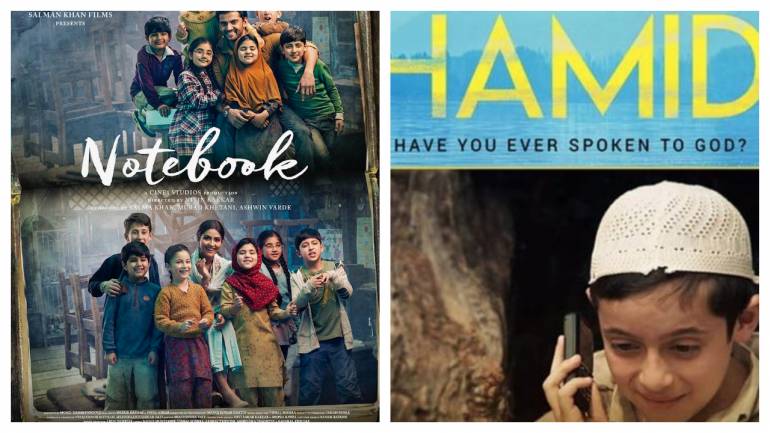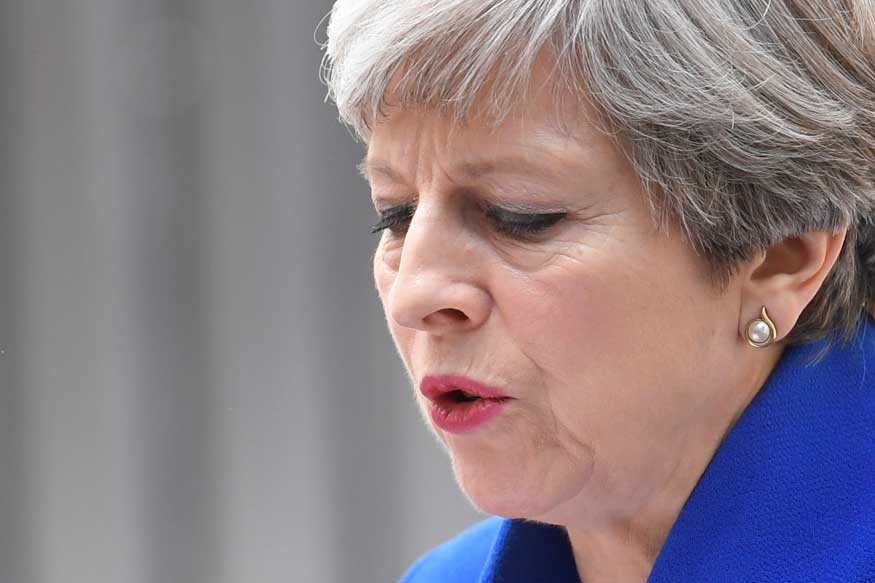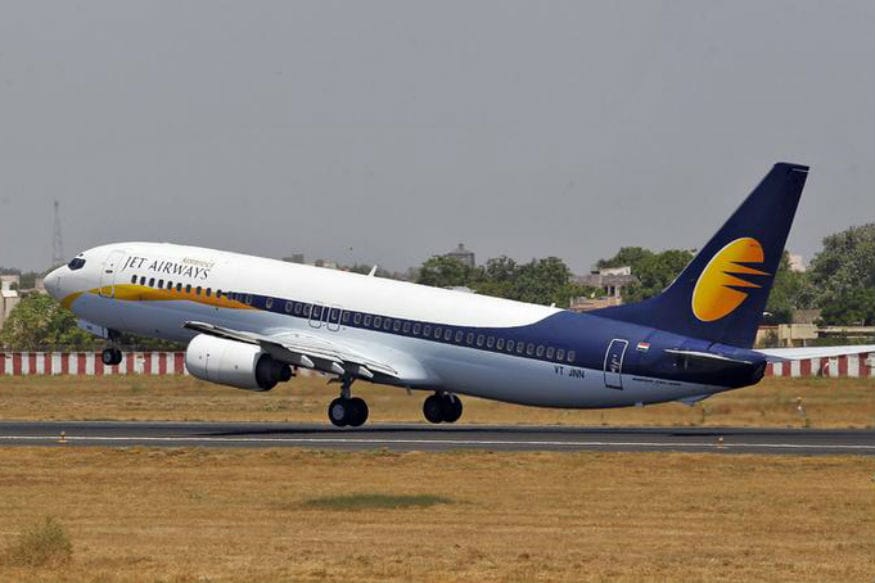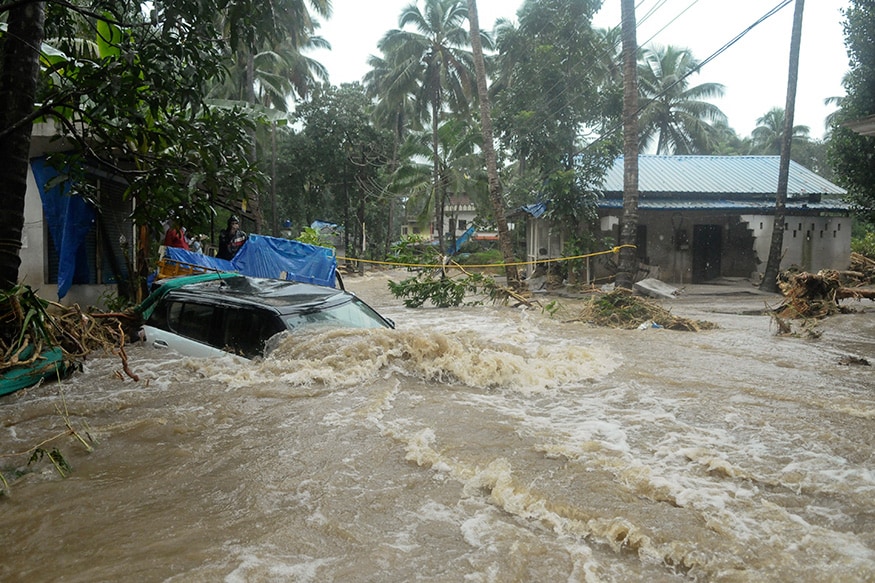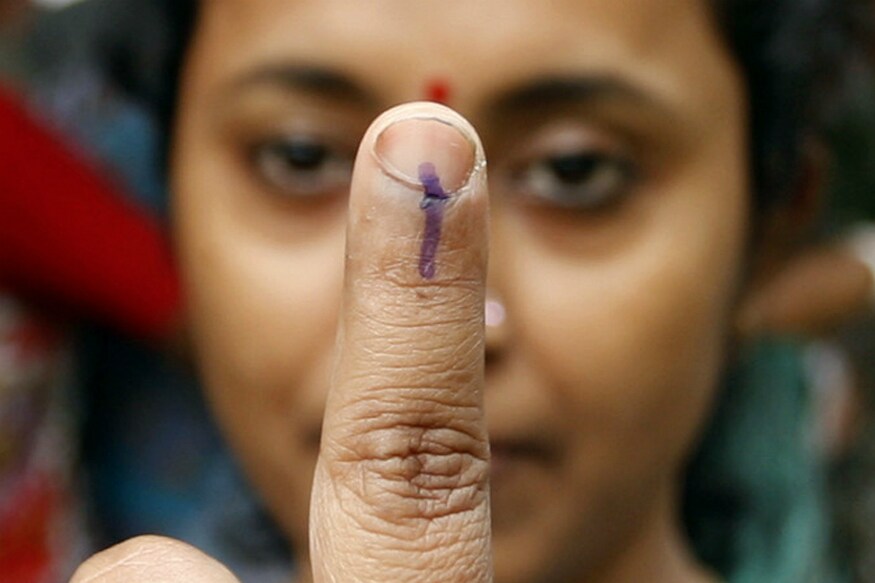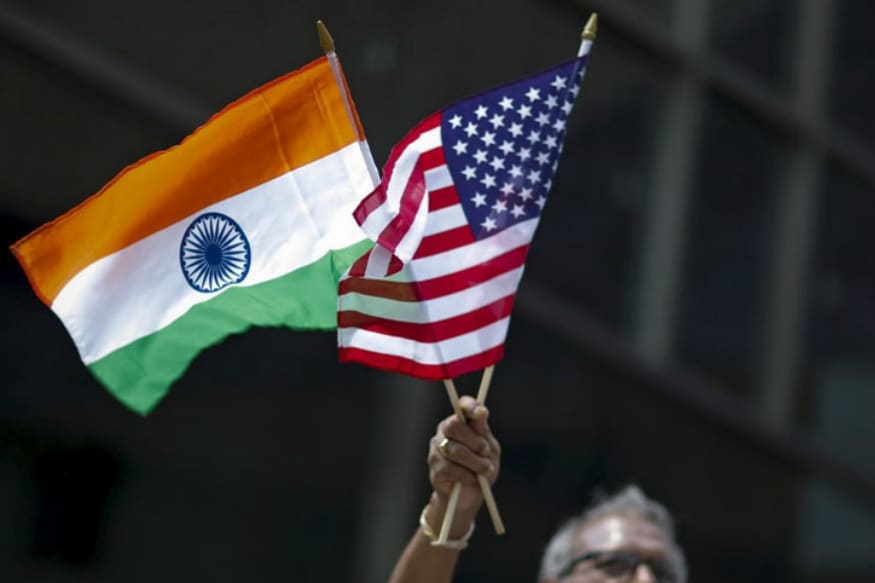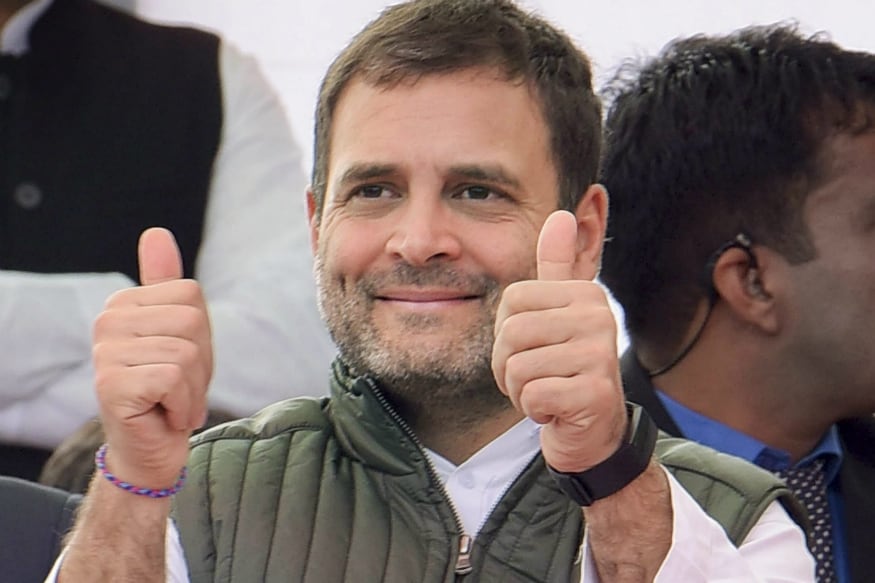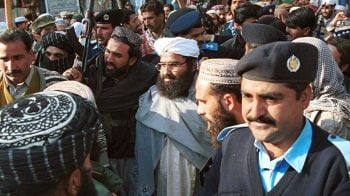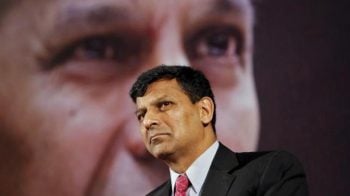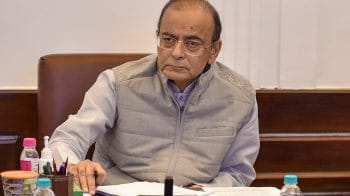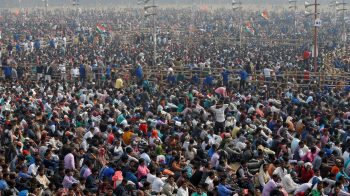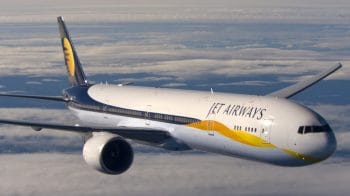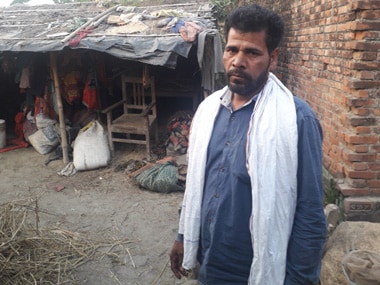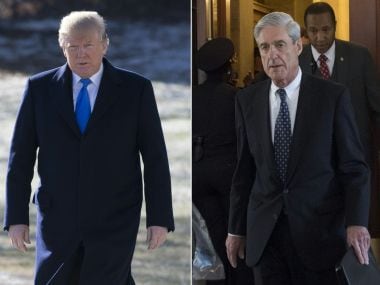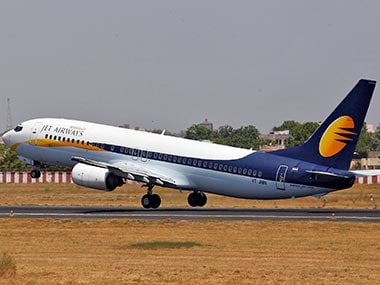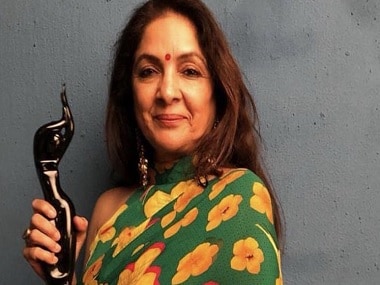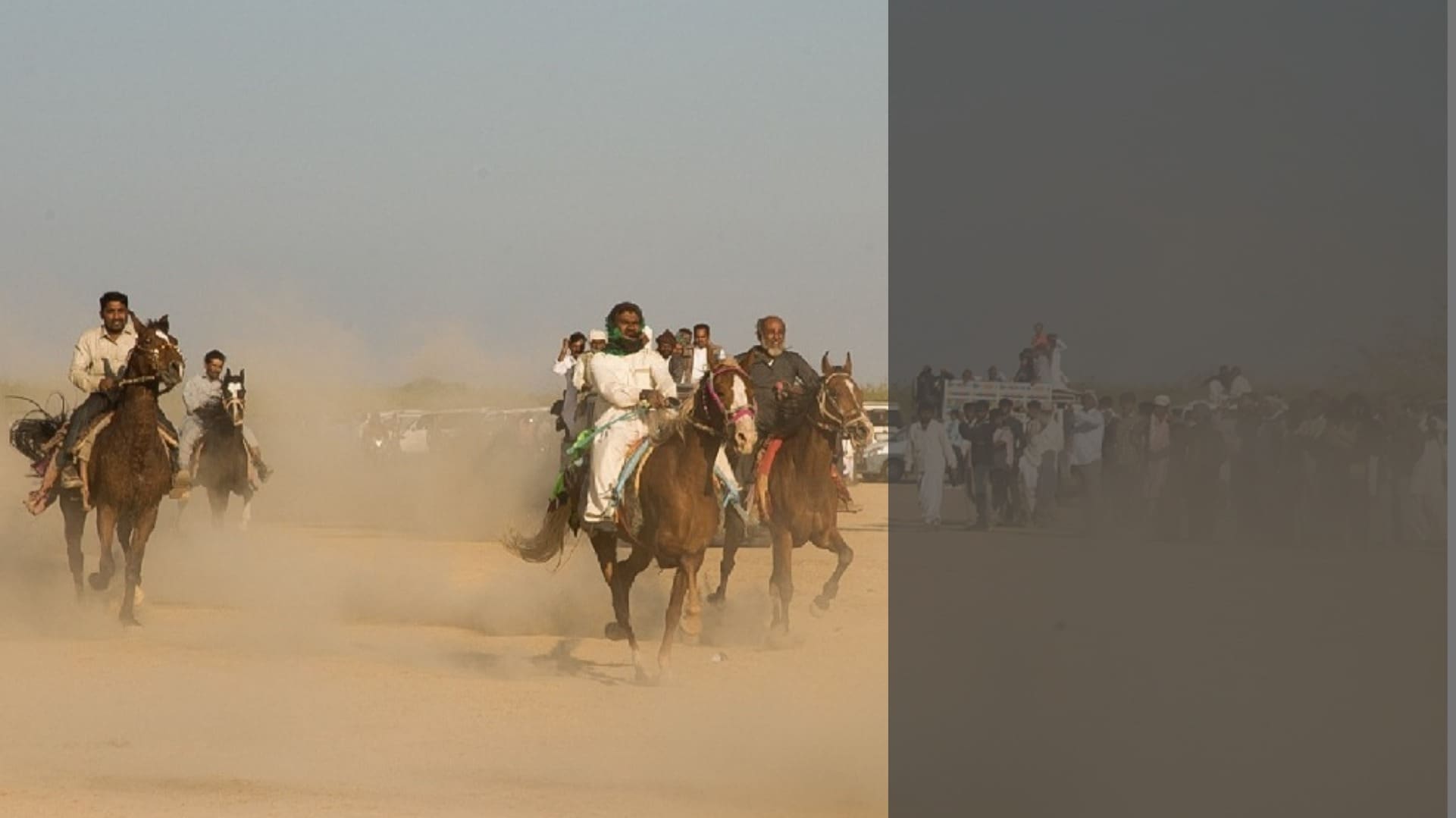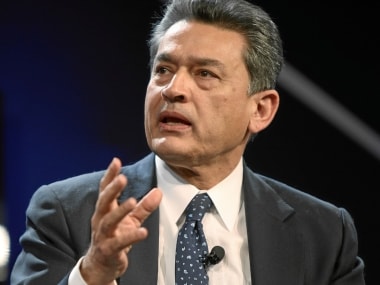As many as 15 movies and advertisements were shot in Kashmir over the past two years, according to a report.
"I would want to keep going to Kashmir to shoot movies." These are the words of superstar Salman Khan.
Echoing similar sentiments are other players of the industry, including Alia Bhatt who had shot in the valley for Raazi.
Last year saw three films being shot in Kashmir - Race 3, Manmarziyan and Jalebi. This year again, three movies set in the Valley are going to release - Hamid, Notebook and No Fathers in Kashmir.
So why is Bollywood once again turning to Kashmir as a shooting destination?
related news
Talking to Moneycontrol, Siddharth Anand Kumar, VP Films and Television Saregma India and Producer at Yoodlee Films, said: "I think locations are decided on basis of the need of the story or the context. Given that there has been upturn in the stories based on Kashmir over the last few years, filmmakers are keen to take a chance and shoot the film there to keep the look and feel authentic."
Hamid, produced by Yoodlee Films, is a story of a Kashmiri boy and a CRPF Jawan who find redemption in each other against the backdrop of the strife ridden valley.
"We couldn't imagine setting this story elsewhere or recreating this setting at some other place . Kashmir-- its topography and people, it’s language and culture are an inherent part of Hamid’s narrative," said Kumar.
There is no denying that locations have become an integral part of story-telling which is also helping bringing back films to Kashmir. Asif Iqbal Burza, MD, AHAD Hotels and Resorts lists other reasons for the rising interest in the Valley.
"During the years of the conflict especially in the 90's we didn't see a lot of development of hotel infrastructure for instance. That has developed considerably with locals paying a lot of attention to the infrastructure that has improved and now the hotels in Kashmir are of world class value so film crews feel far more comfortable. I think the locals have made sure of all the films shot in Kashmir, none of the crews have had any problems in getting permissions and also moving around Kashmir," said Burza.
Adding to this, Kumar said: "We faced no problem at all (while shooting in Kashmir). We got a lot of unquestioned support from the highest ranks of CRPF personnel who made sure that all shooting went off smoothly. This apart the locals came all out to help us in our shoot - whether it's getting logistics sorted, give us surprise meals or just simply stand behind and encourage us through and through."
Burza also said that "going abroad and shooting is far more expensive, where as in Kashmir the expenses are far lower compared to a shoot outside and you get the beauty which is world class."
Another important factor is single window clearance system, which came into place in 2015. Filmmakers are granted permission within seven days for shooting Bollywood movies in the Valley.
As many as 15 movies and advertisements were shot in Kashmir over the past two years, according to a report.
John Abraham’s latest venture RAW- Romeo Akbar Walter, releasing on April 12, is also shot in Kashmir.
The tourism department of Jammu and Kashmir is leaving no stone unturned to promote the Valley as the preferred destination for both tourists and the film industry.
According to Burza, Bollywood is one of the biggest tourism boosters in the Valley.
"Over the years, innumerable Bollywood films have been shot over here. The scenic landscape of Kashmir has been etched in every cinema goers mind. I think, Hindi films have really helped the tourism in Kashmir by showcasing the valley in it's simplistic and ethereal beauty. Imagine crores of rupees that are spent on making advertising films, in such a way Bollywood films have done a huge service for Kashmir tourism," he added.
The 2019 EY report on media and entertainment industry says that India has the potential for up to a million film tourists which could result in revenues of up to $3 billion (Rs 206 crore) by 2022.
As for Kashmir, Burza concurs that film tourism is important for the Valley. "With films coming to Kashmir we not just have business for hotels but for locals. For instance if we were to have a film shoot at a tourist destination place such as Pahalgham, it would mean work for the local hotels over there, business for local horsewalas, shops, restaurants so the entire tourism economy is benefited. What it also means then how the place is showcased, I think films have shown Kashmir and Kashmiris in an extremely positive light."
While Kashmir was a favourite destination for Bollywood before 1990s, the scenario changed after the eruption of militancy.
"In late 90s and early 2000, we saw that a large amount of film crew started going abroad because of the situation in the Valley," said Burza. Bollywood alone is not turning to Kashmir, a south Indian television serial was also given permission last year to shoot in Kashmir.
But is the rising interest in Kashmir amid the film and television industry enough?
"Films can only re-establish the beauty of Kashmir in the eyes of others. For people to come here without fear, that’s a bigger challenge and has various political and socio - economic considerations that need to be addressed by experts and leaders," said Kumar.








